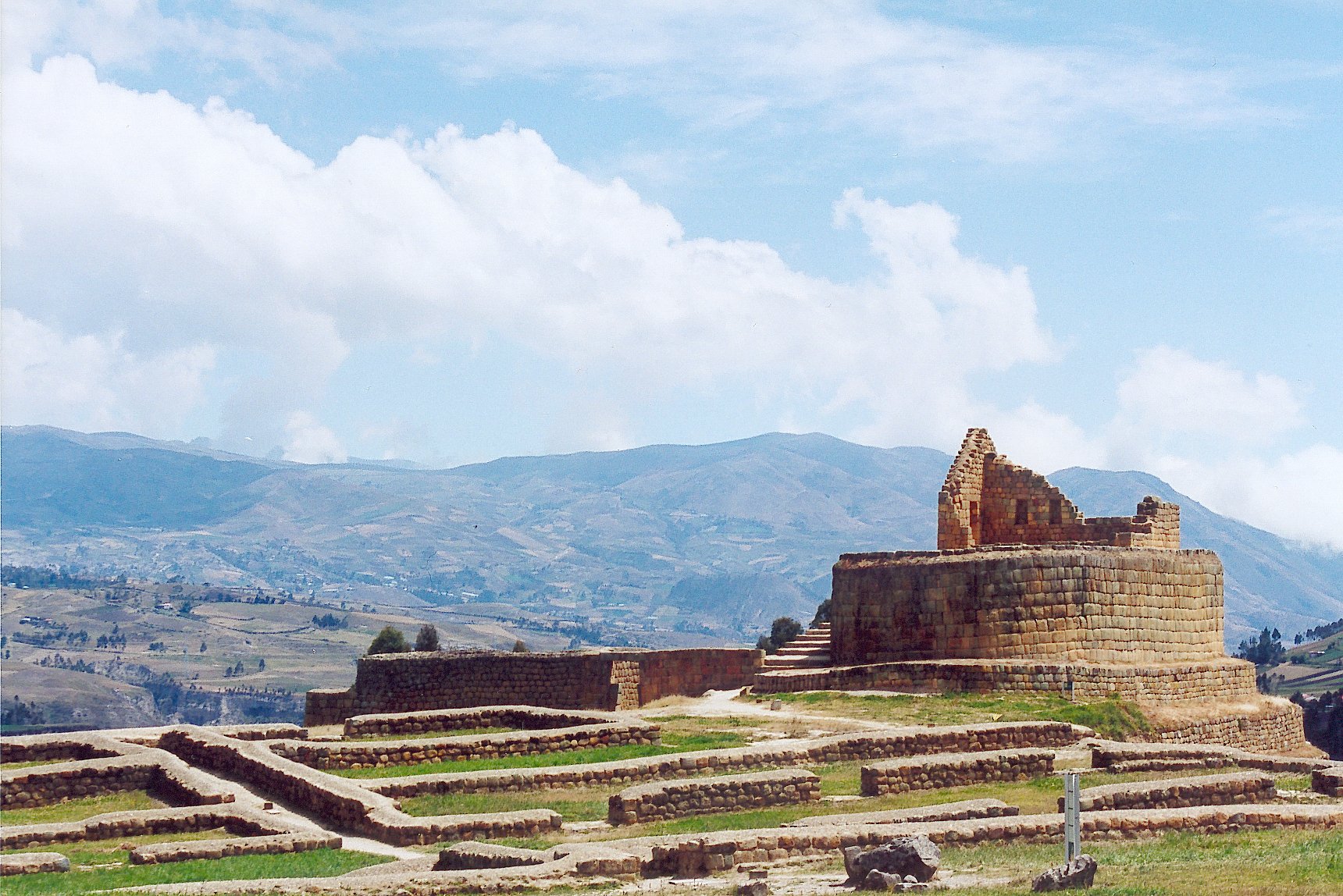🇪🇨map Ecuador [Overview]

Ecuador, known in Spanish as República del Ecuador, sits on the northwest shoulder of South America, bordered by Colombia, Peru, and the Pacific Ocean, with the Galápagos Islands far off its coast. Its population is roughly 18 million, concentrated mostly along the coast and in the Andean highlands, where Quito and Cuenca rest at high altitude and Guayaquil anchors the lowlands. The country straddles the equator, which is how it got its name, and you can stand with one foot in each hemisphere at Mitad del Mundo just outside Quito. Beyond its famous volcano-lined skyline, Ecuador packs astonishing ecological variety into a small area—from cloud forests and páramo grasslands to Amazonian jungle and an archipelago that helped shape modern science.
Economy
Ecuador’s economy blends traditional and modern livelihoods. Many people work in services, education, healthcare, tourism, and public administration in the cities, while agriculture and small-scale commerce remain central in rural areas. Bananas, cacao, coffee, and cut flowers are signature exports, and shrimp farms line stretches of the coast. Oil has long been a pillar of government revenue, supplemented by mining of gold and copper, while hydropower, fisheries, and growing tech and outsourcing niches add to the mix.
The country is well connected regionally by air through Quito and Guayaquil, with regular routes to North America, Europe, and across South America. It trades actively with neighbors and global partners and uses the US dollar as legal tender, which simplifies life for visitors and expats managing international finances. Ecuador participates in regional organizations common to Latin America and maintains broad diplomatic ties that support trade, migration, and cultural exchange. Remittances from Ecuadorians abroad are also a meaningful part of household income in many communities.
Culture
Spanish is the dominant language, and you’ll hear it in distinct coastal and highland accents. Indigenous languages are very much alive—particularly Quichua (a Quechua variety) in the Andes and Amazon, alongside Jivaroan languages in the Oriente. Ecuadorians often identify with one of three regions: the Coast, the Sierra (highlands), and the Amazon, with the Galápagos as a distinctive fourth space. The population is mostly mestizo, with significant Indigenous nations, Afro‑Ecuadorian communities along the northwest coast, and smaller European, Middle Eastern, and Asian diasporas layered into the national story.
The land has hosted complex societies since long before the Incas expanded north; later the Spanish colonial era reshaped cities, language, and religion. Today, Catholic traditions remain influential, while evangelical Christian communities have grown, and Indigenous beliefs interweave with Christian practices in local festivals. Ecuadorians are passionate about family gatherings, a leisurely long lunch, fútbol weekends, and the arts—from highland weaving and panpipes to coastal marimba rhythms. National celebrations include Carnival with water fights and parades, Semana Santa processions, Independence Days in August, and the exuberant Año Viejo on New Year’s Eve, when life-sized effigies are burned to welcome a fresh start.
Maria
Maria is a bilingual travel writer and immigration consultant originally from Mexico City, with extensive
experience living and working across Latin America. She spent her early career as a journalist covering
cross-border migration and expatriate communities throughout Central and South America. Having personally
navigated complex visa processes in multiple countries including the United States and Spain,
Maria understands firsthand the challenges faced by Latin American professionals seeking international
opportunities.
Published: 2025-05-03